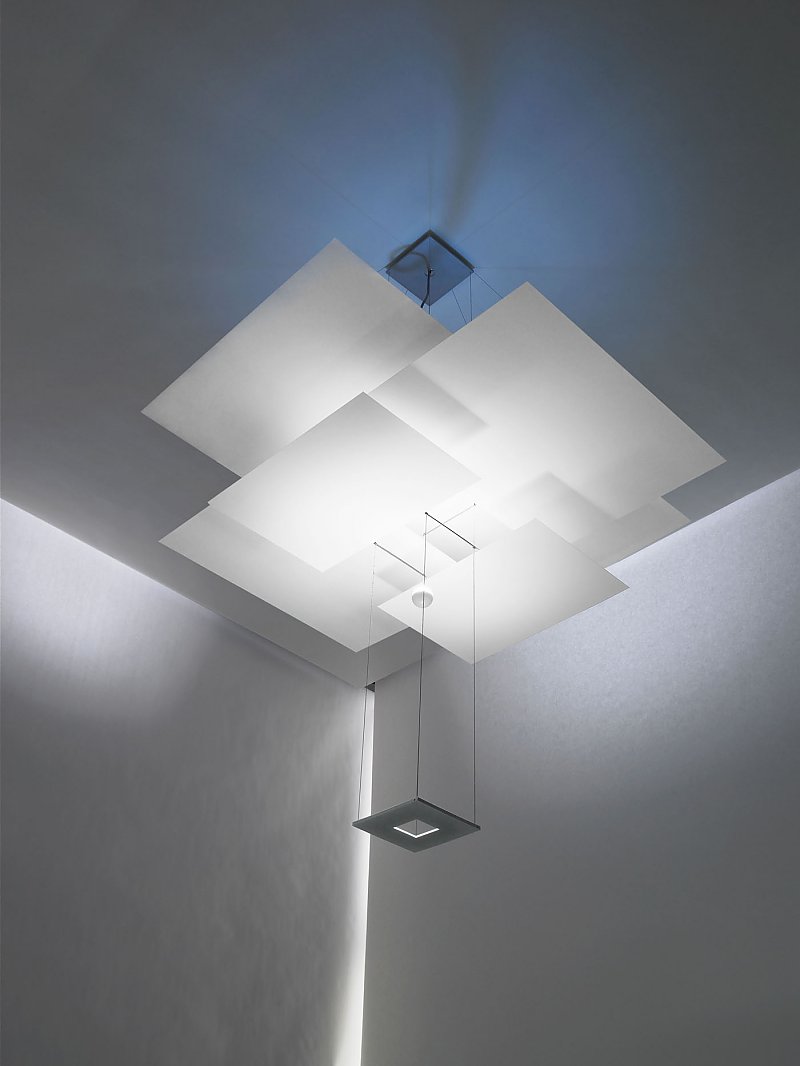
Raffaello D’Andrea and Max Dean
The Table
The Table is an autonomous robot with an automatic mechanized system able to react to unexpected movement or obstacles and to carry out one or more tasks by executing a program in a given environment. As is the case with most “prototypical” robotic works, or single editions, the basic physical components can be pre-manufactured then modified or custom built to meet specific needs. In the case of The Table, the control system and its algorithms were entirely conceived by Max Dean and Raffallo D’Andrea. All the components, including the wheels and motors, were also custom manufactured, giving the installation a unique character. The singular characteristic of this work lies in the robotic nature of the table and it’s capacity to operate in an environment specifically designed for it. For example, the shade of red painted on the floor is directly linked to the effective functioning of the camera and the control software. Also, the space lights used in the room produce a light that prevents the creation of shadows, which the software could mistakenly interpret as a physical presence.


